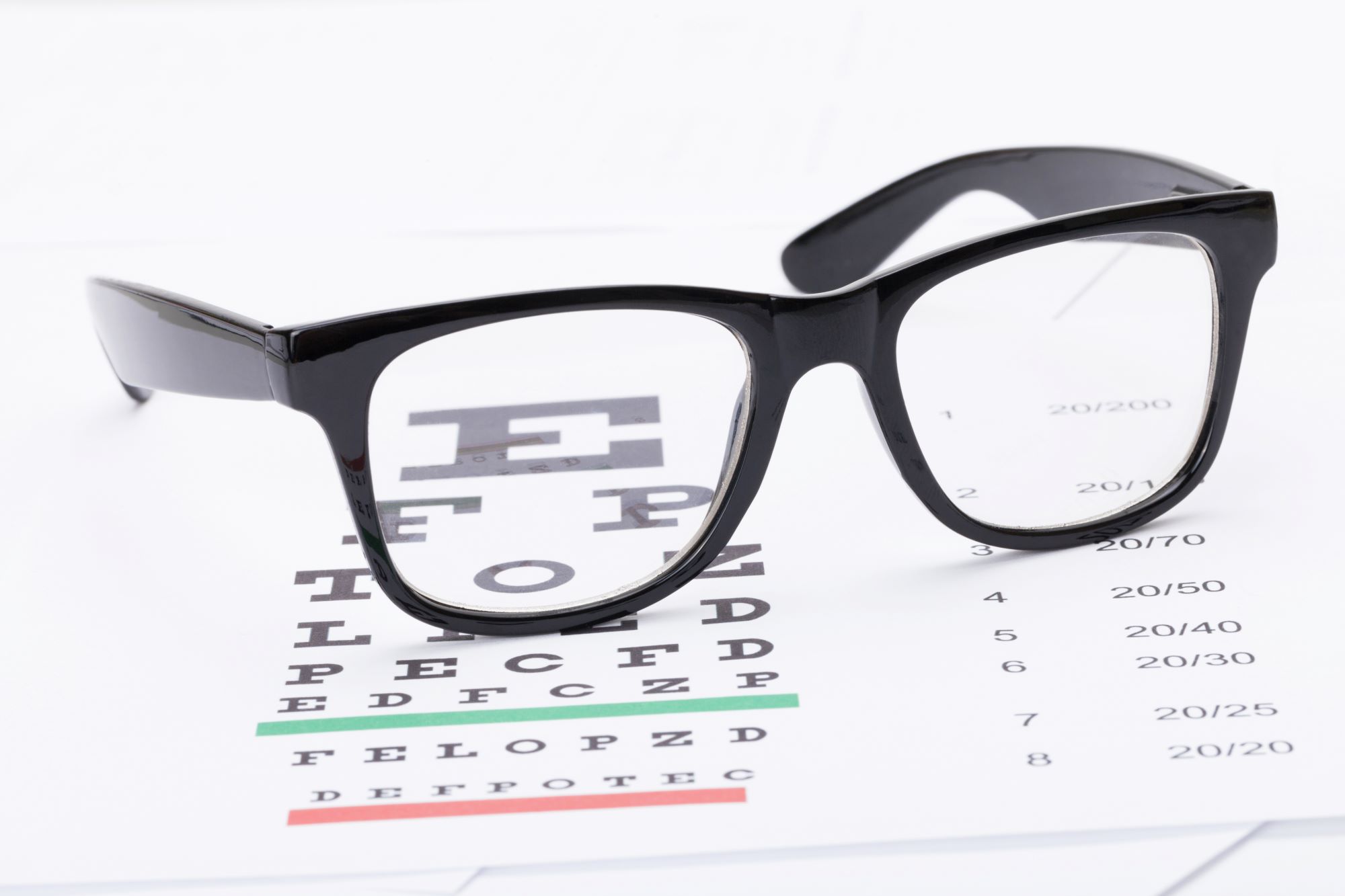With older adults using technology for health, communication, entertainment, and more, protecting the eyes in the digital age is a must. Here’s how older adults can care for their eyes and vision:
Wear blue light glasses
Digital devices emit blue light, which has the shortest wavelength and the highest energy of all light in the visible spectrum. The higher the energy, the more damaging the light is. While blue light can help keep you alert, it can also disrupt your circadian rhythm when exposed to it later in the day, making it harder to get precious sleep. It can also lead to issues like digital eye strain, which can cause eye fatigue, dry eye, blurriness, and headaches.
To reduce these impacts, you can wear blue light glasses while using digital devices like your phone, computer, or TV. These lenses are equipped with a special anti-reflection coating to block blue light and glare, enhancing visual clarity and comfort. Some blue light lenses can even enhance color and contrast, allowing text to “pop” from the screen, making it easier on the eyes. With blue light glasses, older adults can enjoy browsing the web or watching TV without compromising visual comfort and rest. For extra relief, you can use cooling eye drops to alleviate further strain from screen time. Eye drops can help soothe dryness and redness from digital device use.
Adjust your device settings
The settings on your digital devices can be easily adjusted to prevent issues like eye strain, whether from your screen’s brightness or blue light or from struggling to read tiny text. You can lower your screen’s brightness to avoid eye pain or headaches; you can even configure the settings to have it adapt to the lighting conditions in your location, so you won’t have to keep manually adjusting the brightness in differently lit areas.
Your phone, tablet, or e-reader may also come with a dark mode that can reduce the bright white colors, making it less straining on the eyes when using your device at night or in the dark. You may also be able to filter blue light on your device, which tints the screen with a warm filter to reduce blue light. It can also be turned on automatically at a certain time.
With age, it’s also common to struggle with reading small text. You can enlarge your gadgets’ text size, so you aren’t constantly squinting at your screen or looking for your reading glasses. These adjustments can help prevent strain, squinting, and discomfort while using technology.
Get your eyes checked regularly
Eye exams are essential for maintaining proper eye health, especially for older adults who are at a higher risk of developing eye conditions. Getting your eyes checked regularly can also help you keep track of any impacts digital devices may have on your vision so you can stay updated and informed on vision care. You can visit your eye doctor to evaluate any vision changes and receive the proper vision correction and advice for your needs.
You can also use your gadgets to stay on top of your eye health. Scheduling telehealth consultations with your doctor between eye exams can help if you need quick guidance or can’t easily visit a clinic physically due to barriers like distance or mobility issues. Though physical eye exams are necessary for tracking vision changes, telehealth makes eye care advice more accessible and available when needed.
This article was written for WHN by RUTH ANN JOHN who is a freelance writer who enjoys writing about health, wellness, and sustainability. When she’s not typing away at her keyboard, you can find her completing an oil painting or doing DIY projects.
As with anything you read on the internet, this article should not be construed as medical advice; please talk to your doctor or primary care provider before changing your wellness routine. This article is not intended to provide a medical diagnosis, recommendation, treatment, or endorsement. These statements have not been evaluated by the Food and Drug Administration.
Opinion Disclaimer: The views and opinions expressed in this article are those of the author and do not necessarily reflect the official policy of WHN/A4M. Any content provided by guest authors is of their own opinion and is not intended to malign any religion, ethic group, club, organization, company, individual, or anyone or anything.
Content may be edited for style and length.
References/Sources/Materials provided by:
https://www.glassesdirect.co.uk/buying-guides/lens-options/blue-light-glasses/
https://uk.news.yahoo.com/enable-google-chrome-dark-mode-150543077.html
https://worldhealth.net/news/rise-telehealth-how-mobile-physicians-are-changing-healthcare/
https://www.worldhealth.net/news/excessive-blue-light-gadgets-may-accelerate-aging/
https://www.worldhealth.net/news/digital-eye-strain-how-protect-your-eyes-screens/
https://www.aoa.org/healthy-eyes/eye-and-vision-conditions/computer-vision-syndrome?sso=y




